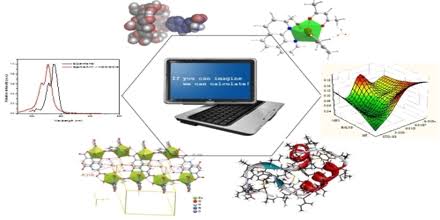Application of computational chemistry in chemical reactivity: a review
Keywords:
HOMO-LUMO, Computational methods , Chemical reactivityAbstract
Molecular orbitals are vital to giving reasons several chemical reactions occur. Although, Fukui and coworkers were able to propose a postulate which shows that highest occupied molecular orbital (HOMO) and lowest unoccupied molecular orbital (LUMO) is incredibly important in predicting chemical reactions. It should be kept in mind that this postulate could be a rigorous one therefore it requires an awfully serious attention in order to be understood. However, there has been an excellent breakthrough since the introduction of computational chemistry which is mostly used when a mathematical method is fully well built that it is automated for effectuation and intrinsically can predict chemical reactivity. At the cause of this review, we’ve reported on how HOMO and LUMO molecular orbitals may be employed in predicting a chemical change by the utilization of an automatic data processing (ADP) system through the utilization of quantum physics approximations.

Published
How to Cite
Issue
Section
Copyright (c) 2021 Journal of the Nigerian Society of Physical Sciences

This work is licensed under a Creative Commons Attribution 4.0 International License.





